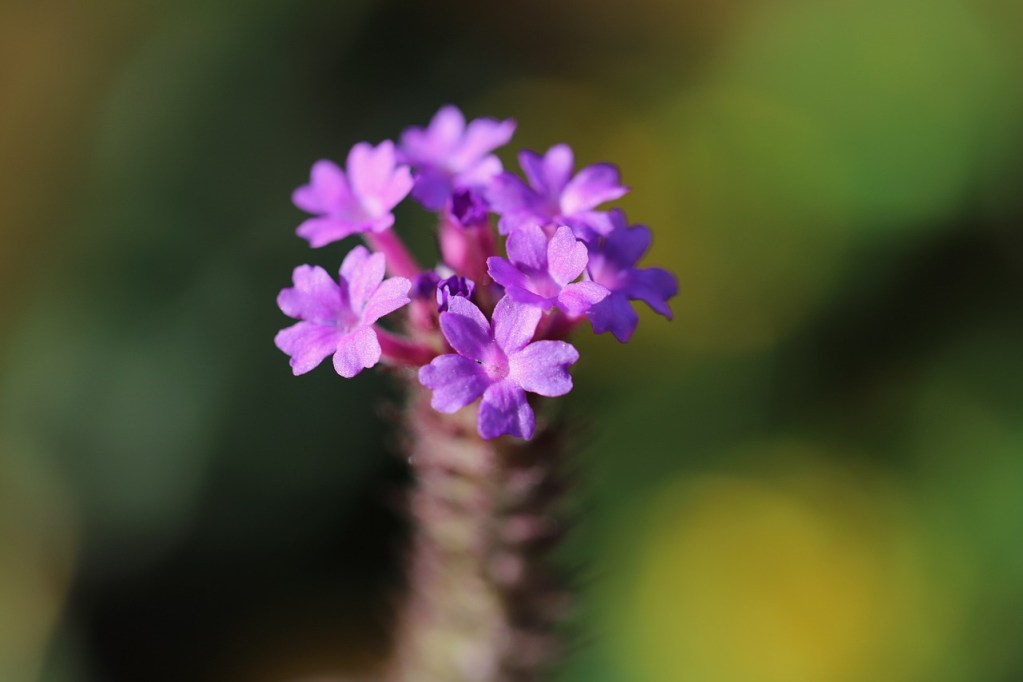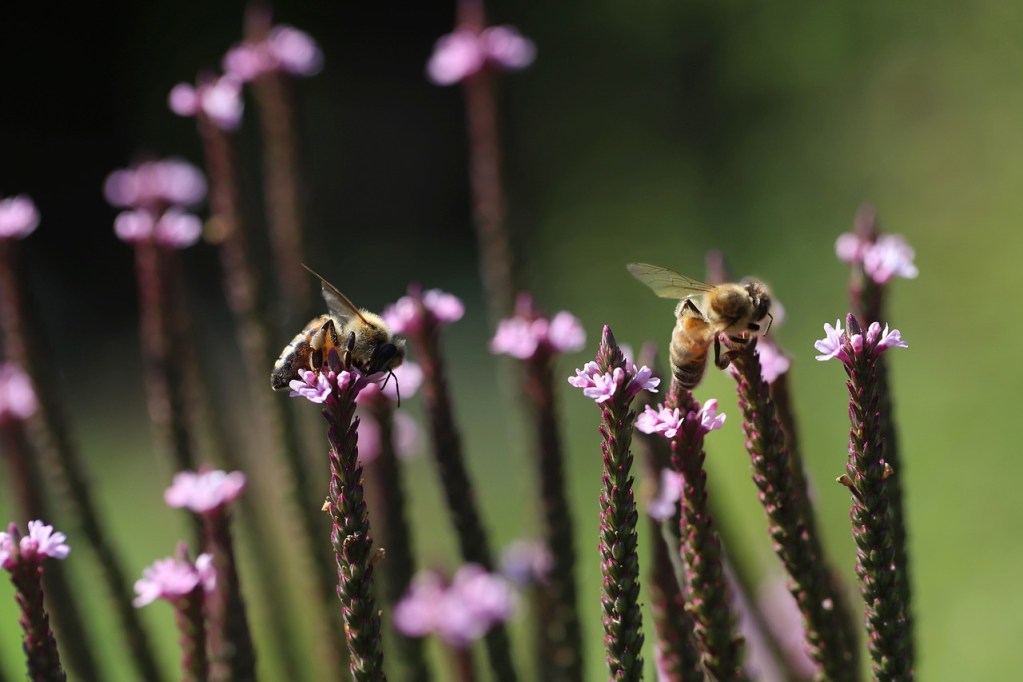There’s been a recent surge in homeowners looking for better alternatives to grass lawns. Grass can be difficult to maintain, isn’t always native, and doesn’t make the healthiest ecosystem. There are several popular alternatives, such as moss lawns, but moss doesn’t work for everyone. Introducing turkey tangle frogfruit! Yes, it does have a ridiculous name, but the benefits this plant can offer are no joke!
Why does turkey tangle frogfruit make a good ground cover?
Turkey tangle frogfruit is the common name for Phyla nodiflora. It’s a low-growing perennial in the verbena family, and it’s native to the Southern U.S. In addition to being native, turkey tangle frogfruit is tolerant of many conditions that grass may not be, including drought, heat, direct sunlight, and most soil types.
Phyla nodiflora grows quickly and will spread to cover your entire yard. One of the best reasons to grow turkey tangle frogfruit, however, is that it has beautiful white and pale purple flowers. These flowers are particularly popular with butterflies.

Planting turkey tangle frogfruit
If you want to use Phyla nodiflora as a ground cover, you’ll need to remove the old ground cover first. You can also do a partial seeding, spreading the seeds over areas where the grass is thin. Dampen the ground, then scatter the seeds. This helps the seeds stick to the soil and lessens the risk of them being immediately washed away.
Add a thin layer of soil over the seeds. They don’t need to be fully covered, but a partial cover will prevent birds from eating all of your seeds. Keep the soil moist while the seeds are germinating and you should begin to see sprouts within a week or two.

How to care for frogfruit
Turkey tangle frogfruit is drought tolerant and will recover from underwatering quickly. You won’t need to water it often, but it does appreciate extra water during droughts. Prune or mow it when it becomes leggy or out of control, but not while it is blooming. Avoid using pesticides during this time, too. From May through October, while the plant is blooming, you can also see caterpillars and butterflies.
Although the caterpillars will cause minor damage as they eat the leaves, they are unlikely to cause serious damage to your lawn. A few of the butterflies you can expect to see are hairstreaks, white peacocks, common buckeyes, and phaon crescents. In many cases, it’s not necessary to fertilize turkey tangle frogfruit. However, if you’re growing it in poor soil or have noticed a decrease in its vigorous growth, then a boost from fertilizer can be helpful.
Now you’re prepared to grow this delightful native plant! Whether you’re planning on replacing your entire yard, a portion of it, or even just adding it to your pollination garden as an ornamental, you’ll be delighted by how simple it is to grow. As an added bonus, you can share its unusual name with your guests!




